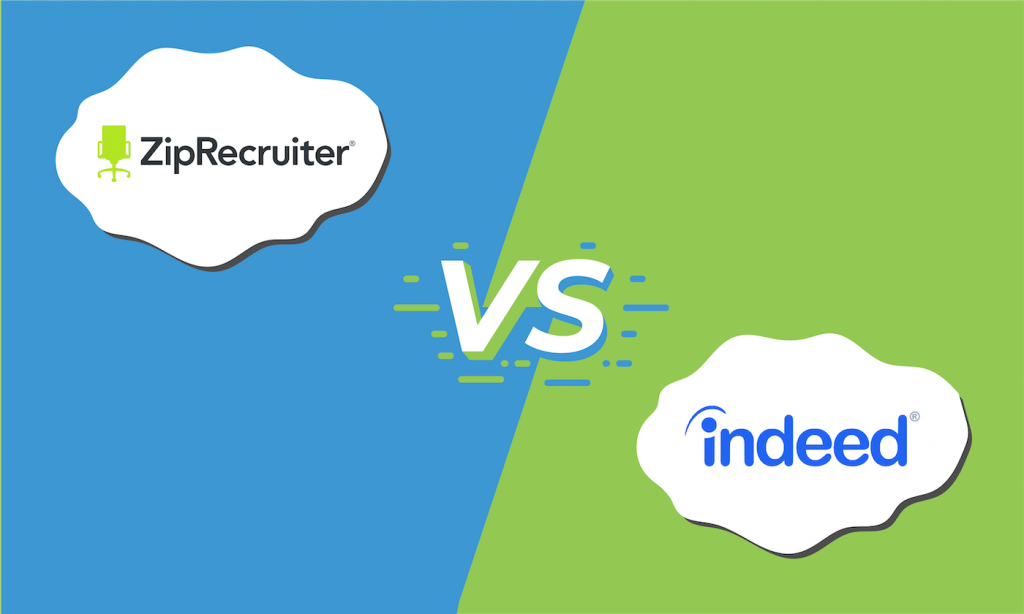eLearning is one way companies are getting more competitive in the marketplace. The workforce is a key part of the success equation. Employees who are experts at their jobs will produce better results and feel more satisfied with their careers. Below are a few innovative ways organizations are increasing the benefits of eLearning.
To find the right learning management software for your business, check out our LMS software category page. After answering a few questions, you’ll get an unbiased list of software tailored to your company’s needs.
 If someone gave you the choice of playing a game or going to work, you would probably choose the game. Games are fun, and gamification has added a new level of engagement to LMS platforms that has proven to be beneficial in a professional environment.
In 2014, Cisco invested in a social media training program for contractors and employees. The program included more than 46 courses, which was overwhelming for participants. Most were not sure where to begin, so the company chose to gamify by adding levels of certification. They created three main levels, Specialist, Strategist, and Master, and four sub-levels.
Team challenges encouraged friendly competition. This provided motivation and gave participants a clear set of steps to take to finish the program. Since implementing gamification, more than 650 Cisco employees have completed over 13,000 courses and received certification.
If someone gave you the choice of playing a game or going to work, you would probably choose the game. Games are fun, and gamification has added a new level of engagement to LMS platforms that has proven to be beneficial in a professional environment.
In 2014, Cisco invested in a social media training program for contractors and employees. The program included more than 46 courses, which was overwhelming for participants. Most were not sure where to begin, so the company chose to gamify by adding levels of certification. They created three main levels, Specialist, Strategist, and Master, and four sub-levels.
Team challenges encouraged friendly competition. This provided motivation and gave participants a clear set of steps to take to finish the program. Since implementing gamification, more than 650 Cisco employees have completed over 13,000 courses and received certification.
Table of contents
- Connecting employees through an LMS
- Making training effective with microlearning
- Using gamification to create a clear path
- Adapting with skills assessments
- Empowering aging workers with flexibility
- eLearning opens new doors for everyone
1. Connecting employees through an LMS
The buddy system can be very effective when it comes to training and reaching professional goals. This is particularly true when you pair up a newbie with a more experienced worker. That’s the theory Peter Trebek, CEO of GoTranscript, had when he started matching new sales reps with more experienced ones during onboarding. “Chances are, the veteran has already asked the same questions that the new employee has and can answer them quickly with real-life experience,” said Trebek. This system carries over into the digital world with learning management systems (LMS) that feature mentoring, coaching, and communication features. Many companies group employees together by training class, team, or department, creating an unhindered flow of communication. New hires feel confident that they can get the help they need while tapping into the knowledge and experience of established coworkers. ALSO READ: 8 Important LMS Features for Your E-Learning Program3 Cooperative Learning Management Systems
360Learning
360Learning is a collaborative LMS where users can share feedback, ask questions, and collaborate on their assignments. You can create custom content on the system or import modules from other sources. With built-in feedback and analytics, you can identify which courses are providing the most value and which need improvement.Orblogic
Orblogic is an enterprise LMS that lets you build courses in the platform using a variety of content, including videos, PDFs, and PowerPoint presentations. It also includes a compliance option to train your employees on all of your regulatory requirements. The system also tracks course completion, so you’ll know which employees have completed which modules. [get-pricing category=”CRM” cta=”Get Pricing” width=”200px” url=”orblogic-hrmatrix-reviews”][/get-pricing]Docebo
Docebo is a cloud LMS that gives you full customization of your eLearning experience. The platform is also available on mobile, so your employees can learn wherever they are. There are gamification techniques you can integrate into the system for better employee engagement and retention. [get-pricing category=”CRM” cta=”Get Pricing” width=”200px” url=”docebo-learning-platform-reviews”][/get-pricing]2. Making training effective with microlearning
In his book Brain Science: The Forgetting Curve, writer, professor, and consultant Art Kohn outlined a scenario experienced by many employees. After going through all the required training and doing exceptionally well, a worker will return to their office or worksite and notice that they begin to forget most of what they learned. Kohn reported that within one hour of a training, participants forget around 50 percent of the information. That increases to 70 percent after 24 hours and 90 percent after a week. Effective methods and regular reinforcement through microlearning, smaller modules completed over several minutes, is the cure to keeping these neural networks firing. Jim Duckett of DHx Software, an eFrontPro reseller, may have said it best: “The information is easier to digest and increases overall knowledge retention.”3. Using gamification to create a clear path
 If someone gave you the choice of playing a game or going to work, you would probably choose the game. Games are fun, and gamification has added a new level of engagement to LMS platforms that has proven to be beneficial in a professional environment.
In 2014, Cisco invested in a social media training program for contractors and employees. The program included more than 46 courses, which was overwhelming for participants. Most were not sure where to begin, so the company chose to gamify by adding levels of certification. They created three main levels, Specialist, Strategist, and Master, and four sub-levels.
Team challenges encouraged friendly competition. This provided motivation and gave participants a clear set of steps to take to finish the program. Since implementing gamification, more than 650 Cisco employees have completed over 13,000 courses and received certification.
If someone gave you the choice of playing a game or going to work, you would probably choose the game. Games are fun, and gamification has added a new level of engagement to LMS platforms that has proven to be beneficial in a professional environment.
In 2014, Cisco invested in a social media training program for contractors and employees. The program included more than 46 courses, which was overwhelming for participants. Most were not sure where to begin, so the company chose to gamify by adding levels of certification. They created three main levels, Specialist, Strategist, and Master, and four sub-levels.
Team challenges encouraged friendly competition. This provided motivation and gave participants a clear set of steps to take to finish the program. Since implementing gamification, more than 650 Cisco employees have completed over 13,000 courses and received certification.





